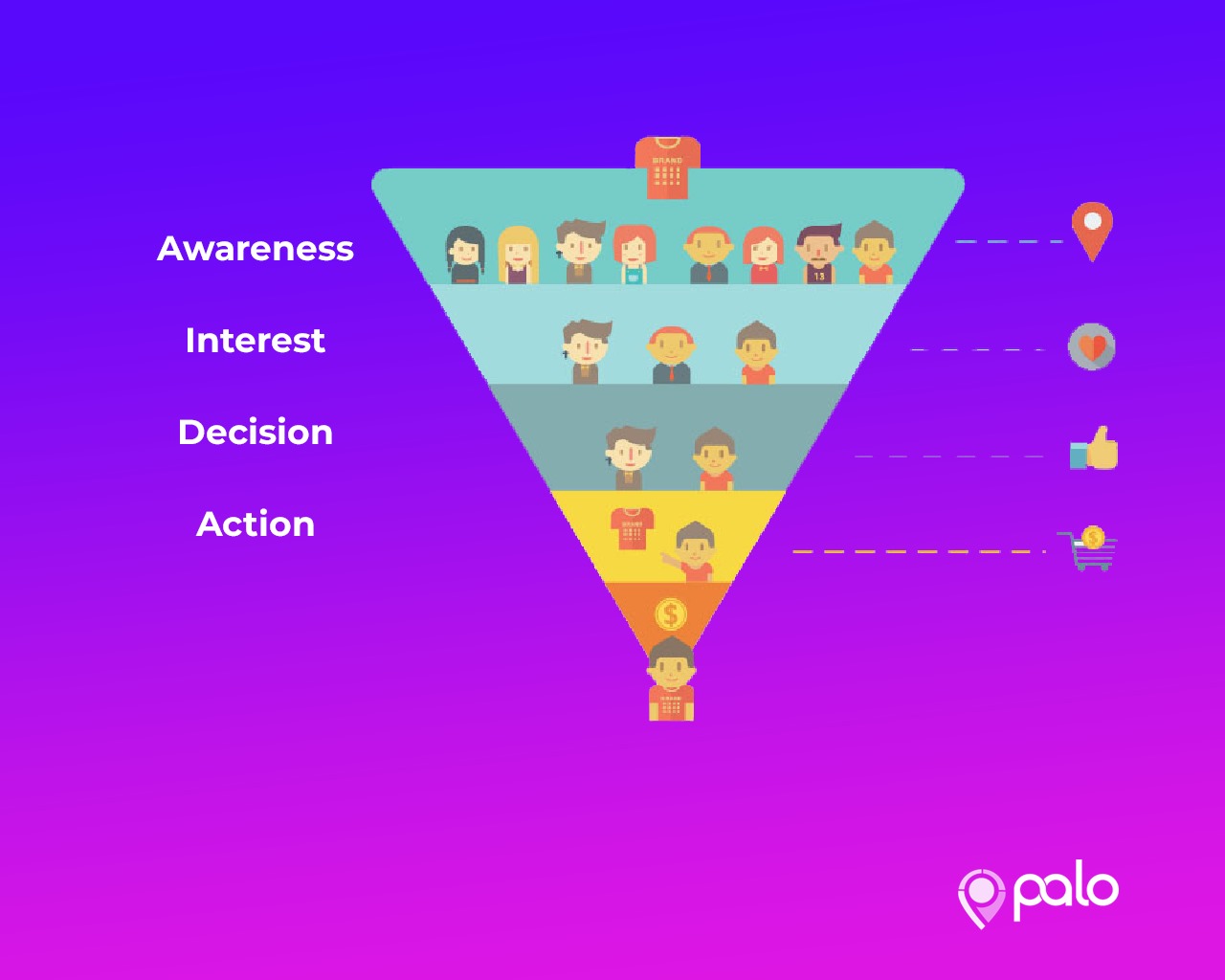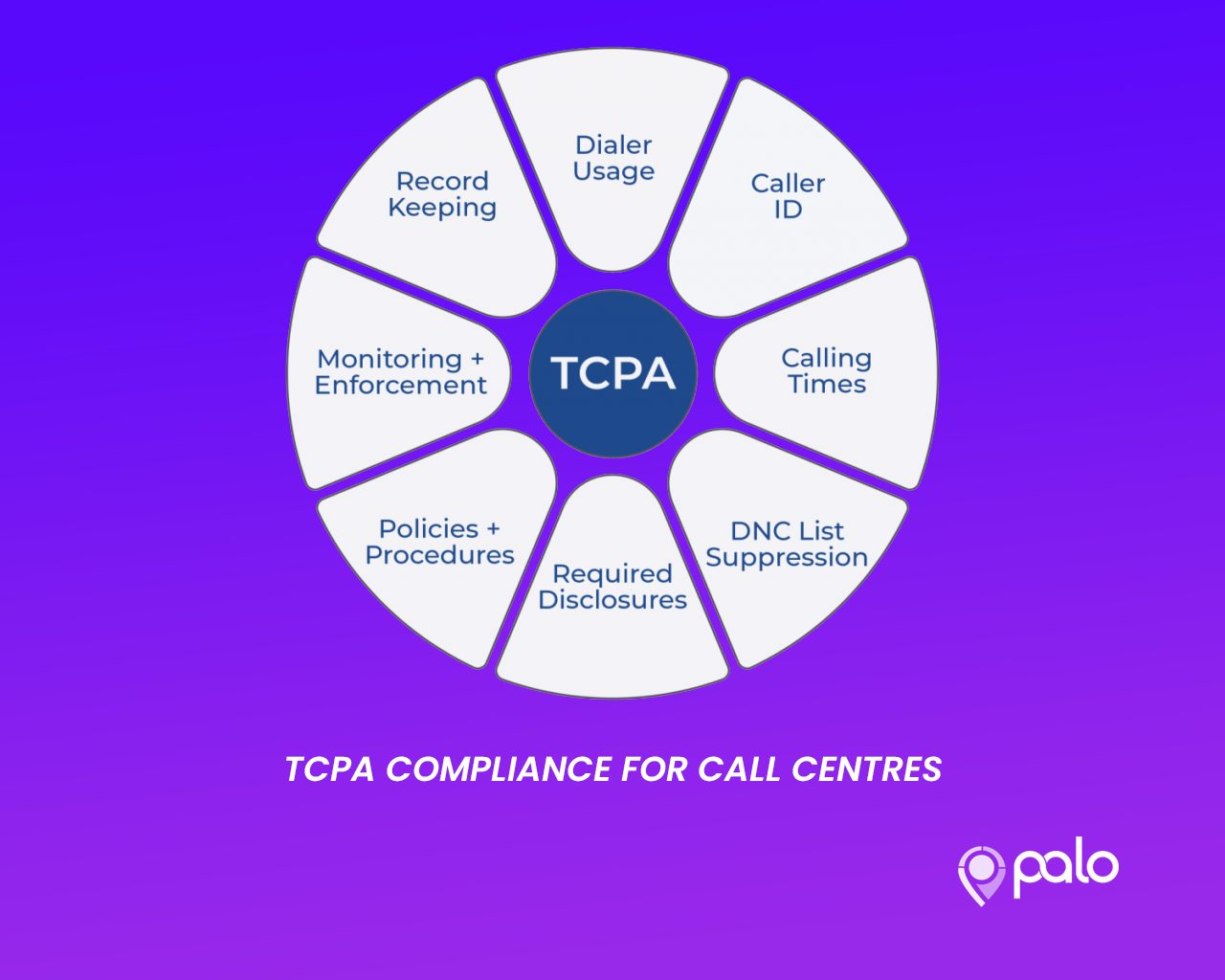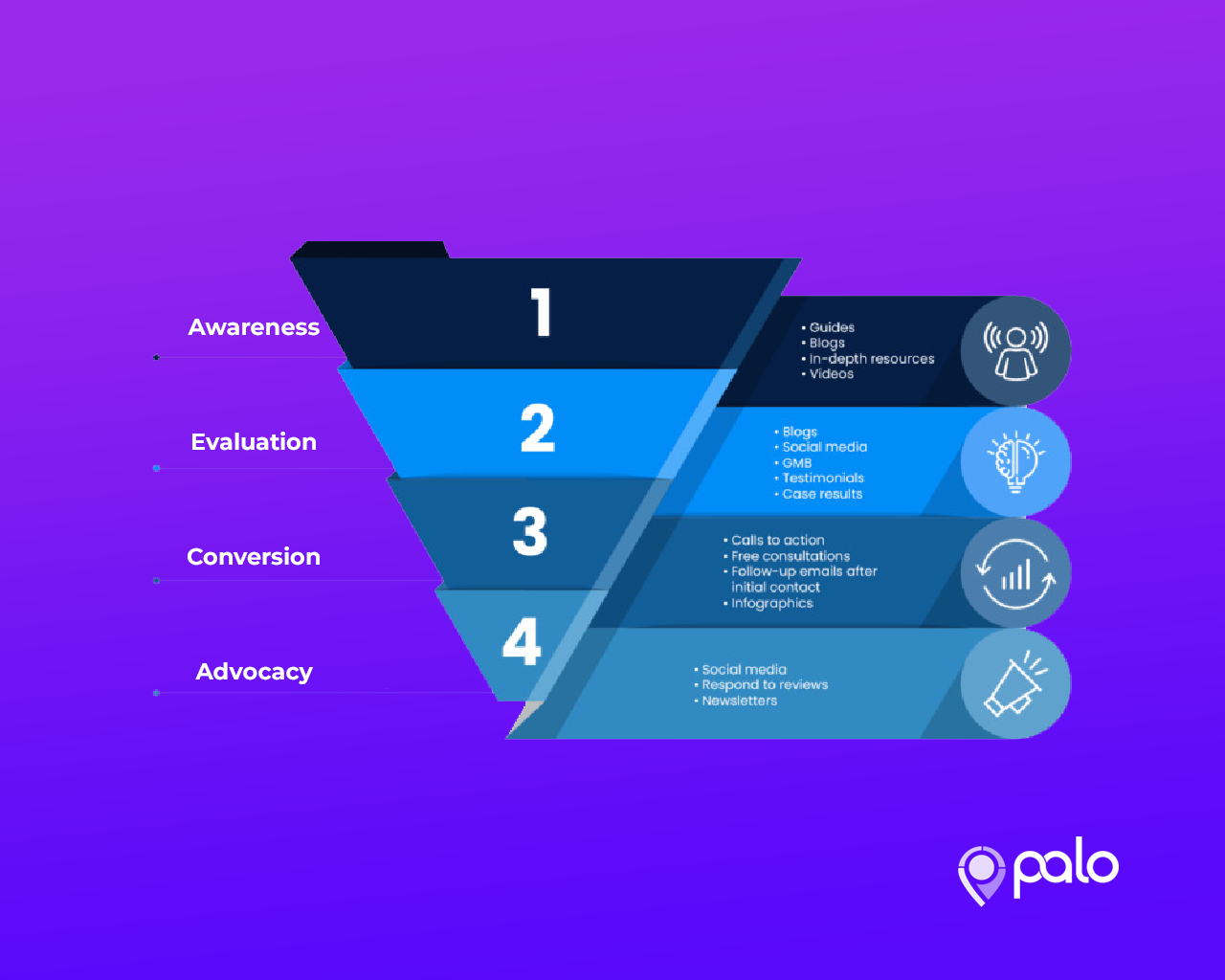
Contact Center vs. Call Center: Which One Does My Business Need?
It is no secret that modern customers expect easy and reliable service from business brands they trust. According to research conducted by Microsoft, more than 54% of customers have higher expectations than they did the previous year.
To keep up with the ever-rising customer expectations and demands, businesses set up customer care centers to keep in touch with their clients.
The most common customer support centers that companies set up to handle a high volume of calls and support requests are contact centers and call centers.

While most people tend to use these two terms interchangeably, they do not mean the same thing. Contact centers and call centers are two distinct models of business communication that serve different purposes.
We are here to separate facts from fiction and help you understand the differences between these two terms. So, let us dive in and get started.
What Is a Call Center?
A call center is used to describe an office setting where call agents handle inbound, outbound, and blended business calls. Historically, call centers have always had on-premise hardware tightly coupled with complicated telecommunication infrastructure designed to send and receive a high volume of calls.
Most calls handled in a typical call center are geared towards taking orders and providing general customer service.
Call centers have been in existence since the 1960s after the invention of the first automatic call distribution system, which was designed to allocate inbound business calls to several call agents based on their expertise and availability.
Most call centers are primarily focused on driving down operational costs by reducing the number of call agents. Typically, they push agents to resolve calls faster and answer as many calls as possible.
Some call centers have installed an interactive voice response (IVR) system to filter out callers before the call is transferred to a live person.
How Does a Call Center Work?
Typically, every agent will have a login username and password as well as a set of unique skills that relate to the work of a specific call center. The agent associates himself/herself with a physical telephone by logging-in on that telephone.
The agent can then control the flow of calls by toggling between the “in” and “out” modes. If the agent wants to change to a different telephone, he/she will need to log out of their current telephone and log into the new line to take calls.

Most call centers use VoIP or PSTN technology to manage calls. However, some call centers use a Private Branch Exchange (PBX) to manage their calls.
What Is a Contact Center?
Just like a call center, a contact center also handles inbound, outbound, and blended calls. However, it also serves clients over other digital service channels such as messenger, live chat, email, and social media.
Contact centers are more likely to use cloud services in addition to the Voice over Internet Protocol (VoIP) to let customers communicate with the business using a channel of their choice. All the communication channels in a contact center are part of the same integrated system.
It means that customers can seamlessly switch between different communication channels without disrupting service delivery.
A contact center’s primary purpose is to create a consistent brand image and message, no matter where the conversation is taking place. However, companies that have managed to switch from call centers to contact centers didn’t do it overnight.

It has been a slow evolution taking into account consumer demands and technology. Today, more consumers demand less service over the phone and more through other digital platforms such as email and live chat.
The switch from call centers to contact centers became more pronounced in the last decade and continues today.
What Is the Difference Between Call Centers and Contact Centers?
Simply adding other communication channels to your regular voice calls isn’t enough to turn your call center into a contact center.
Here are some of the key differences between a call center and a contact center.
1. Reactive vs. Proactive Customer Service
While call centers are more reactive in their customer service approach, contact centers are predictive and proactive.
With a wide range of new tools and analytics, contact centers go beyond simply answering inbound customer calls. Closely monitoring customer behavior makes it possible to identify trends and reach out even before the client call comes in.
The only way a call center can achieve this is by sending outbound messages to customers, which doesn’t work well in practice. Mobile phone users are increasingly cautious of answering unsolicited calls making outbound voice calls ineffective.
Contact center solutions let the customer choose how they want to stay in touch with the business making proactive communication an effective way to reduce overhead costs and raise customer loyalty.
2. Voice vs. Digital Service Channels
As mentioned earlier, the primary difference between call centers and contact centers is the communication channels. Call centers rely on phones, while contact centers may use other communication channels such as email, live chat, text, social media, and much more.
These channels are usually supported by advanced technology and can easily be managed from the agent’s smartphone, tablet, laptop, or desktop.

Since the demand for over-the-phone service is dropping while that for other digital channels is on the rise, contact centers offer a vastly improved customer service experience and returns on investment.
3. Automatic Ticket Routing and Automations
Contact centers use different automation to route tickets to the right agents based on previous customer history, keywords, agent skills, etc. This helps to reduce the resolution time for customers hence a streamlined experience.
Automation can also be used to categorize tickets into different groups, update different ticket properties, follow up, and close the loop with customers.
Most contact center systems are designed to exclusively improve agent productivity. Features such as canned forms, ticketing templates, and canned responses tend to reduce repetitive tasks and give center agents more time to engage with customers.
Call Center vs. Contact Center: Which Is Good for Your Business
Choosing between a call center and a contact center can be quite tricky and challenging. While both of them are geared towards improving customer experience, each solution is designed to serve specific business needs.
Generally, a call center is good for businesses that mainly rely on customer calls. The best way to determine if your business relies on customer calls is to analyze your sales team’s activity. If you notice that more than 85% of your customers contact you by phone, set up a call center.
In this case, a call center will be more effective since it will offer more phone-based benefits than a contact center.
However, if your business receives a large amount of email, social media messages, text messages, and live chat requests, a contact center is definitely the best option for you. The best part? You can pick a contact center solution and add a call center option as you scale.






